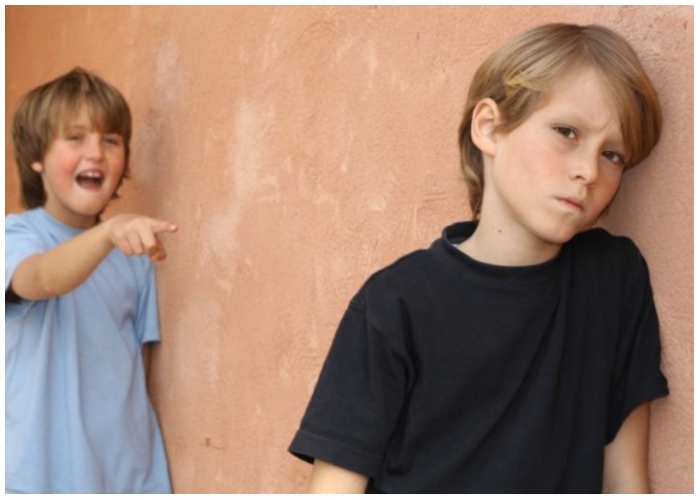Discovering that your child is the bully can be a distressing and unsettling experience for any parent. In a world where the tales of bullied children often capture our hearts and headlines, the realization that your child might be causing pain to others can evoke a mix of emotions and a keen desire to rectify the situation. Here’s a comprehensive guide for parents who find themselves facing this challenging scenario.
Understanding the Impact of Bullying
Bullying is a deliberate misuse of power in relationships, manifested through repeated verbal, physical, and/or social behaviors intended to cause physical, social, or psychological harm. It can happen in person or online and involves an individual or a group misusing their power over one or more persons who feel unable to stop it from happening. Recognizing that bullying is not just a conflict between equals but a repeated aggression is crucial in addressing the behavior effectively.
Causes Behind Bullying Behavior
Children and teens bully for various reasons, and understanding these can be key to addressing the behavior:
- Peer Pressure: Sometimes, children feel compelled to fit into a group by mimicking the aggressive behaviors of peers.
- Self-Preservation: Teens may bully as a form of defense if they have previously been victims or fear becoming targets themselves.
- Poor Impulse Control: Some children may lash out due to frustration or inability to manage their emotions effectively.
- Desire for Social Status: Bullying can be a means to gain or maintain a position within a peer group.
- Lack of Empathy: Difficulty in understanding or caring about the feelings of others can lead to bullying behavior.
- Influence from Home: Behaviors learned by observing family members can also manifest as bullying.

Steps for Parents to Take
If you discover that your child is bullying others, here are steps to help guide them towards more positive behaviors:
- Stay Calm and Reflect: Take time to process the information without immediate emotional reactions which might escalate the situation.
- Address the Behavior: Have a frank discussion with your child about the specifics of their actions, reinforcing that such behavior is unacceptable in your family.
- Avoid Shaming: Instead of making your child feel worse, focus on understanding the underlying issues driving their behavior and discuss these openly.
- Set Clear Consequences: Consequences should be appropriate and aim to teach better behavior, not just punish.
- Discuss the Impact: Help your child understand the effects of their actions on others to develop their empathy.
- Encourage an Apology: If appropriate, assist your child in making amends with the affected individuals.
- Monitor and Support: Keep track of your child’s behavior over time and be proactive in encouraging positive interactions with peers.
- Model Positive Behavior: Demonstrate kind and respectful behavior in your own interactions.
- Expand Their Social Networks: Encourage involvement in diverse groups through sports, arts, or community activities where they can develop new friendships and social skills.
- Seek Professional Help: If the bullying behavior persists, consider obtaining guidance from a counselor or therapist skilled in adolescent behavior.

Be Proactive in Prevention
Continuously engage in conversations about kindness, respect, and the importance of treating others well. Utilize resources like books, movies, and real-life stories to illustrate these values. Regularly discuss the nuances of friendships and social interactions, emphasizing respect and understanding.
Final Thoughts
Handling a situation where your child is the bully is tough but not insurmountable. With thoughtful intervention and proactive communication, you can help guide your child back to a path of empathy, respect, and better social interactions. Remember, our children are not finished products; they are constantly learning and evolving. As parents, our guidance and the behaviors we model are instrumental in shaping their growth into responsible, kind adults.